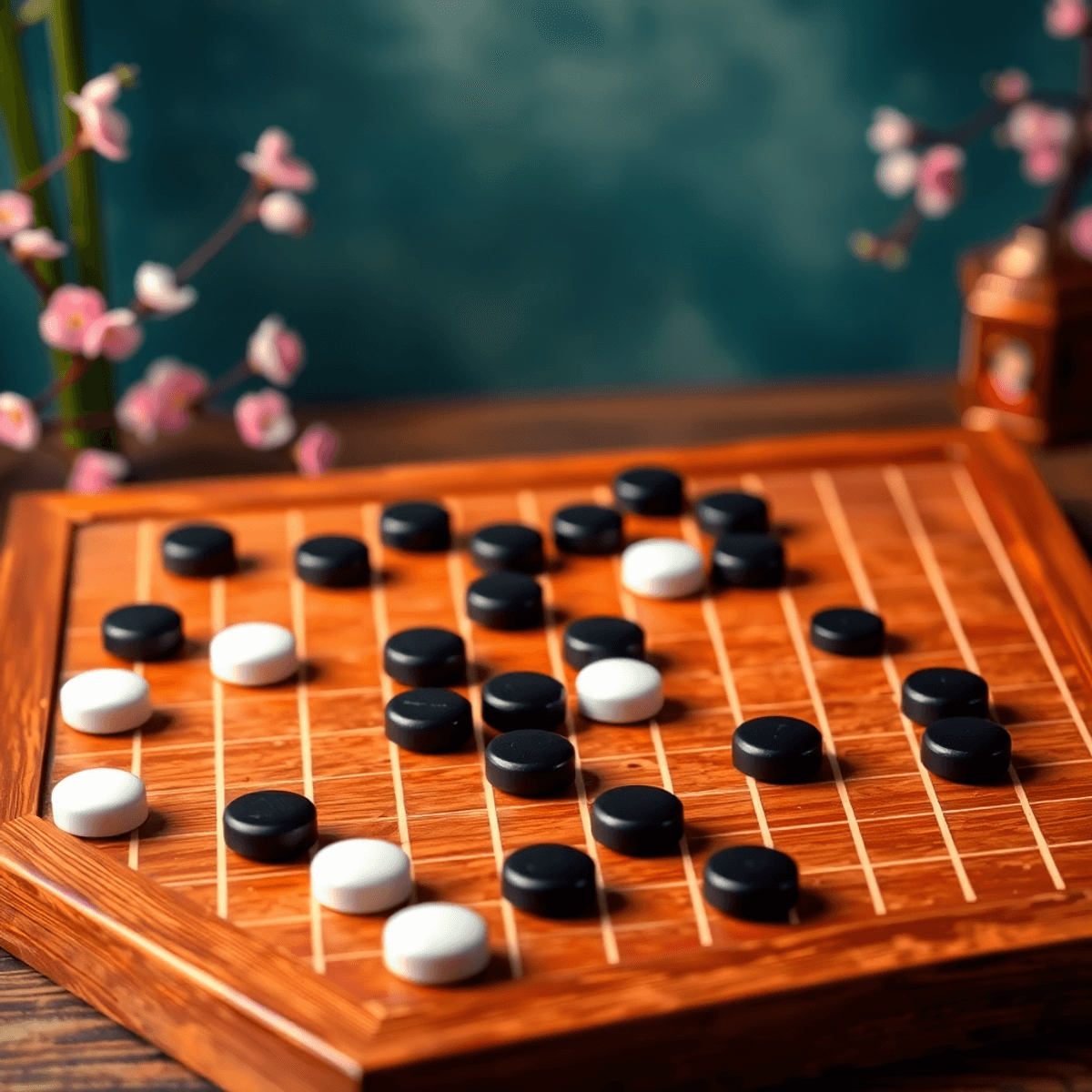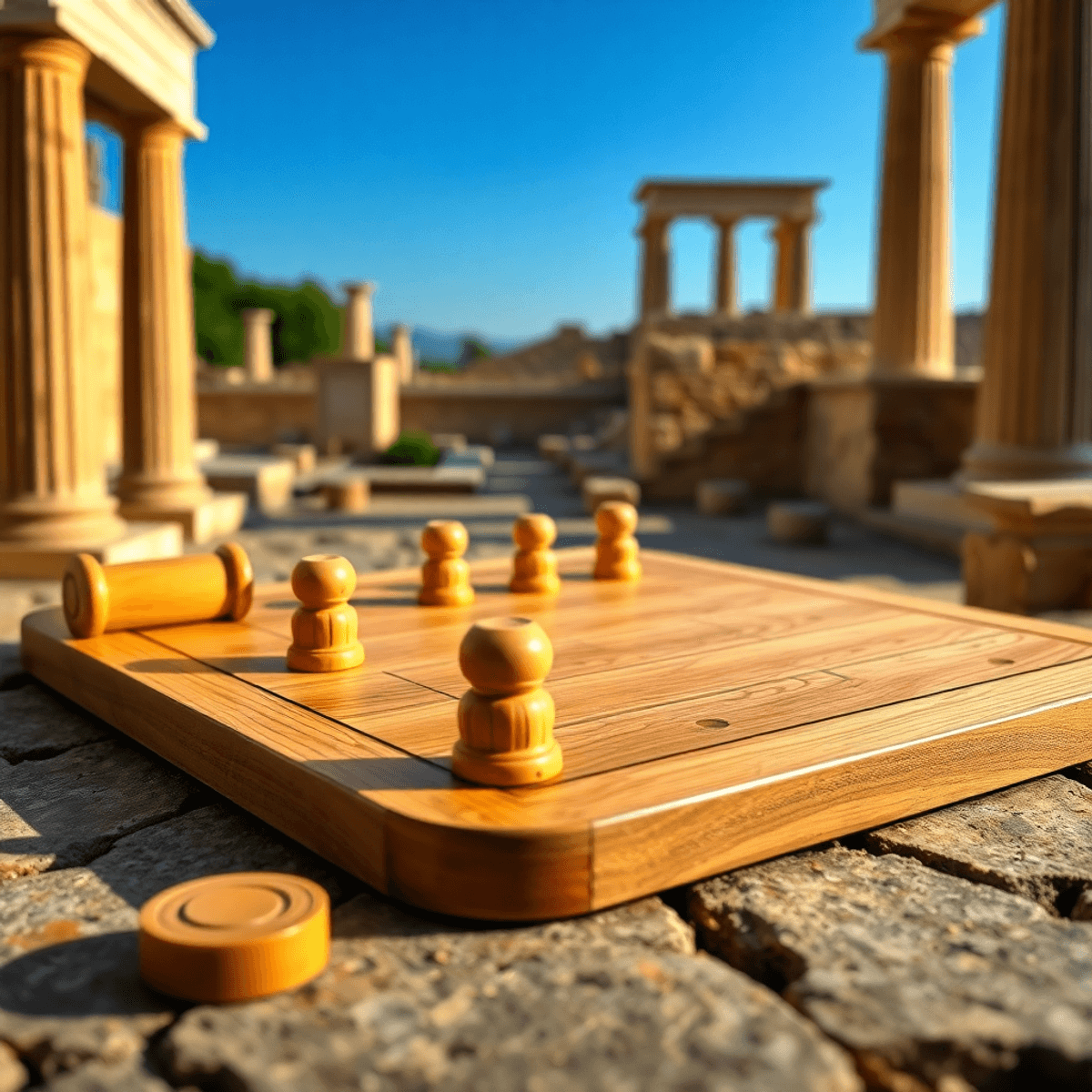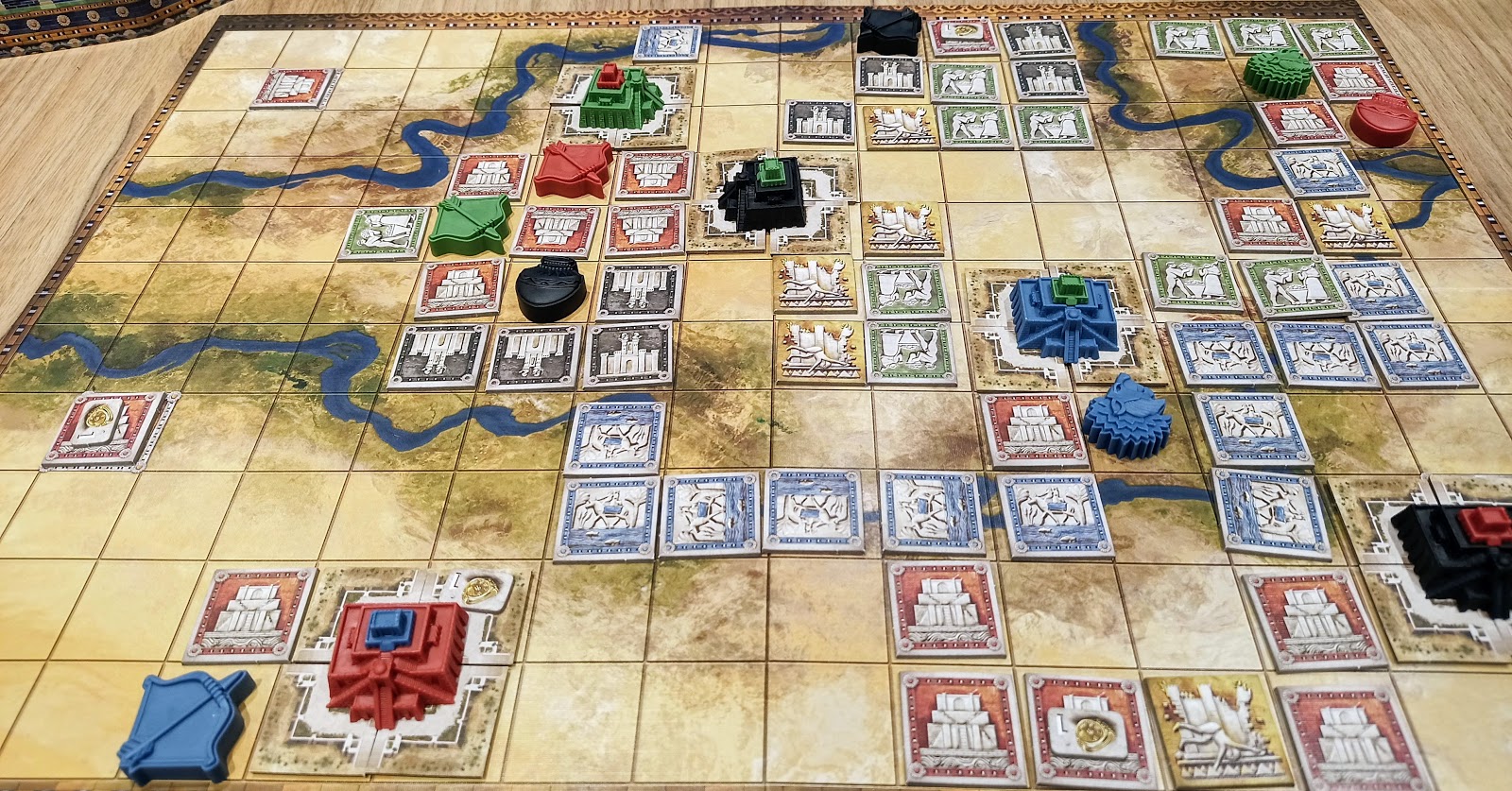
Board games are more than just fun – they offer a glimpse into the diverse cultures of humanity. From ancient China to East Africa, these games tell stories and share wisdom that has been passed down through generations.
In this article, we’ll explore some of the world’s most interesting but lesser-known traditional board games. We’ll discover:
- The strategic depths of Go – China’s ancient game of territorial conquest
- The mathematical brilliance of African Mancala variants
- The social significance of Backgammon in Middle Eastern hospitality
- The storytelling power of Indigenous board games
These games are not just about playing – they represent the values and beliefs of the cultures they come from. By understanding these traditional games, we can learn how different societies have used play to teach important lessons, preserve knowledge, and build strong communities.
Join us as we uncover these hidden treasures of gaming history, each one reflecting its cultural roots and significance.
The Cultural Significance of Board Games
Board games are more than just fun activities; they have a deep cultural significance. They reflect the values, beliefs, and social structures of different civilizations throughout history. These games tell complex stories, teach important lessons, and showcase social rituals that have shaped societies for thousands of years.
Asia: Go and Chaturanga
Asia is home to many sophisticated board games that carry profound philosophical meanings and strategic teachings. Two games, in particular, stand out as examples of the intellectual depth found in Asian gaming traditions.
Go (围棋 / Weiqi)
Go is an ancient Chinese game that combines elements of art and warfare strategy. You can play Go on a 19×19 grid using black and white stones. The objective is to capture territory by creating patterns that embody the principles of balance and harmony found in the cosmos. Despite its simple rules, Go offers endless possibilities, making it a challenge even for modern artificial intelligence.

Key Cultural Elements of Go:
- Reflects Taoist principles of balance between yin and yang
- Teaches patience and long-term strategic thinking
- Used in military strategy training
- Considered one of the four essential arts of the Chinese scholar class
Chaturanga
Chaturanga originated in ancient India and represents the four branches of the Indian military: infantry, cavalry, elephants, and chariots. This game served as a precursor to modern chess, incorporating aspects of Indian warfare and social hierarchy.
Distinctive Features:
- Four-player variant reflecting ancient Indian military formations
- Pieces symbolize specific military units and royal figures
- Movement rules based on traditional battle tactics
- Dice element introducing an aspect of fate and karma
The structure of Chaturanga mirrors the ancient Indian concept of the four-fold army (chatur-anga), illustrating how military strategy and social organization were intertwined in classical Indian society. Each piece’s movement corresponds to its real-world counterpart’s abilities on the battlefield, creating a miniature representation of ancient Indian warfare.
These games continue to influence modern gaming culture,”
2. Africa: Bao and Mancala Games
Africa’s rich gaming heritage shines through its sophisticated board games, particularly in the intricate strategies of Bao and the diverse family of Mancala games.
Bao: The Game of Kings
Bao stands as Tanzania’s national game, played on an ornately carved wooden board with 32 holes arranged in four rows. Players engage in complex mathematical calculations while moving seeds or stones across the board, creating a dance of strategy and skill. In Zanzibar, master Bao players command deep respect, with the game often featured in prestigious tournaments and social gatherings.
The Mancala Family
Mancala games represent one of Africa’s most widespread gaming traditions, with variations found from Egypt to South Africa. These games share common elements:
- Two-row boards with multiple pockets
- Seeds, stones, or shells as playing pieces
- “Sowing” mechanics where pieces are distributed across the board
The educational impact of Mancala games extends beyond entertainment:
- Develops mathematical skills through counting and distribution
- Enhances strategic thinking and planning abilities
- Teaches resource management and decision-making
- Builds social bonds through face-to-face interaction
In West African communities, Mancala games serve as educational tools, with elders using gameplay sessions to pass down cultural wisdom and mathematical concepts to younger generations. The rhythmic movement of pieces across the board creates a meditative atmosphere, fostering deep concentration and strategic thinking among players.
3. The Middle East: Backgammon
Backgammon is a game that has been an important part of Middle Eastern social culture for thousands of years. Its origins can be traced back to ancient Mesopotamia, where it was played over 5,000 years ago. In Arabic-speaking countries, it is known as Shesh Besh. This strategic game, which involves rolling dice and moving pieces on a board, is more than just a form of entertainment. It represents hospitality and brings people together.
The popularity of backgammon can be attributed to its combination of luck and skill. This reflects the Middle Eastern belief in finding a balance between destiny and individual actions. In traditional coffee houses (kahvehane) in Turkey and Iran, the sound of backgammon pieces being moved can be heard alongside lively discussions and shared cups of tea.
Regional Variations:
- Nard (Iran) – Features special dice rules and distinct opening positions
- Tawla (Turkey) – Incorporates unique betting systems and match formats
- Mahbusa (Iraq) – Includes specific rules for capturing opponent’s pieces
The cultural significance of backgammon goes beyond its gameplay mechanics. The beautifully crafted boards used to play the game are often made with mother-of-pearl or intricate wooden designs, showcasing the traditional craftsmanship of the Middle East. These boards hold sentimental value as they are passed down through families, along with the stories and memories of countless matches played.
Learn about traditional Middle Eastern backgammon
Even today, backgammon continues to play a significant role in modern Middle Eastern households. It serves as a social catalyst, bringing together family members and friends for friendly competitions and meaningful connections. The game’s influence extends beyond leisure activities; it has also been featured in various forms of art and literature throughout Middle Eastern history.
4. Indigenous Communities: Traditional Board Games as Expressions of Identity
Indigenous board games are living examples of ancestral wisdom and cultural heritage. These games go beyond just being fun, they are powerful tools for preserving and passing down cultural knowledge from one generation to another.
Inuit’s Tuugaalik Game
The Inuit’s Tuugaalik game reflects their deep connection to Arctic wildlife, played with caribou bones and featuring movements that imitate hunting strategies. Players acquire essential survival skills while participating in friendly competition.
Maori’s Mu Torere Game
The Maori’s Mu Torere combines strategic thinking with stories of navigating the stars.
Native American Stick Games
Native American Stick Games include sacred ceremonies and traditional songs.
Aboriginal Australia’s Wartaka Game
Aboriginal Australia’s Wartaka teaches children about gathering food through playful storytelling.
Traditional values are evident in the main mechanics of these games:
“Our games teach respect for the land, cooperation with others, and the importance of balance in all things.” – Traditional Knowledge Keeper
Many Indigenous communities use board games to strengthen social connections and uphold cultural practices. The Sámi people’s Tablut reflects their historical struggles and resilience, while imparting strategic thinking and resource management skills.
Learn more about Indigenous games preservation efforts at Native Games
These games create opportunities for elders to share wisdom, children to learn cultural values, and communities to preserve their distinct identities through play and interaction.
Conclusion
The rich tapestry of traditional board games across cultures reveals more than just entertainment – it showcases humanity’s ingenious ways of passing down wisdom, preserving cultural identity, and strengthening community bonds. From the strategic depths of Go in Asia to the rhythmic play of Mancala in Africa, and the sacred ceremonies of Indigenous stick games, these time-honored pastimes continue to serve as vital bridges between generations.
As we recognize and celebrate these diverse gaming traditions, we not only honor the cultural heritage they represent but also ensure these valuable teaching tools and expressions of cultural identity endure for future generations. In an increasingly digital world, these traditional board games remind us of the enduring power of face-to-face play in maintaining cultural connections and fostering meaningful human interactions.



